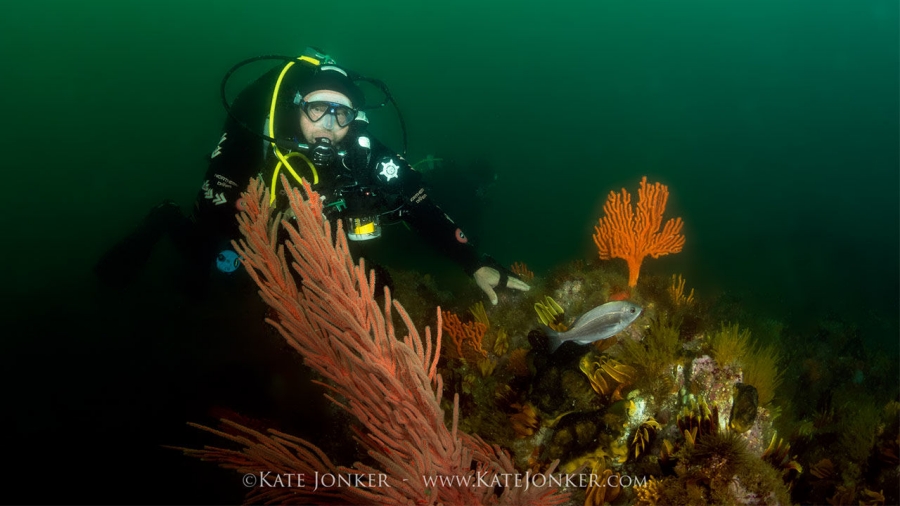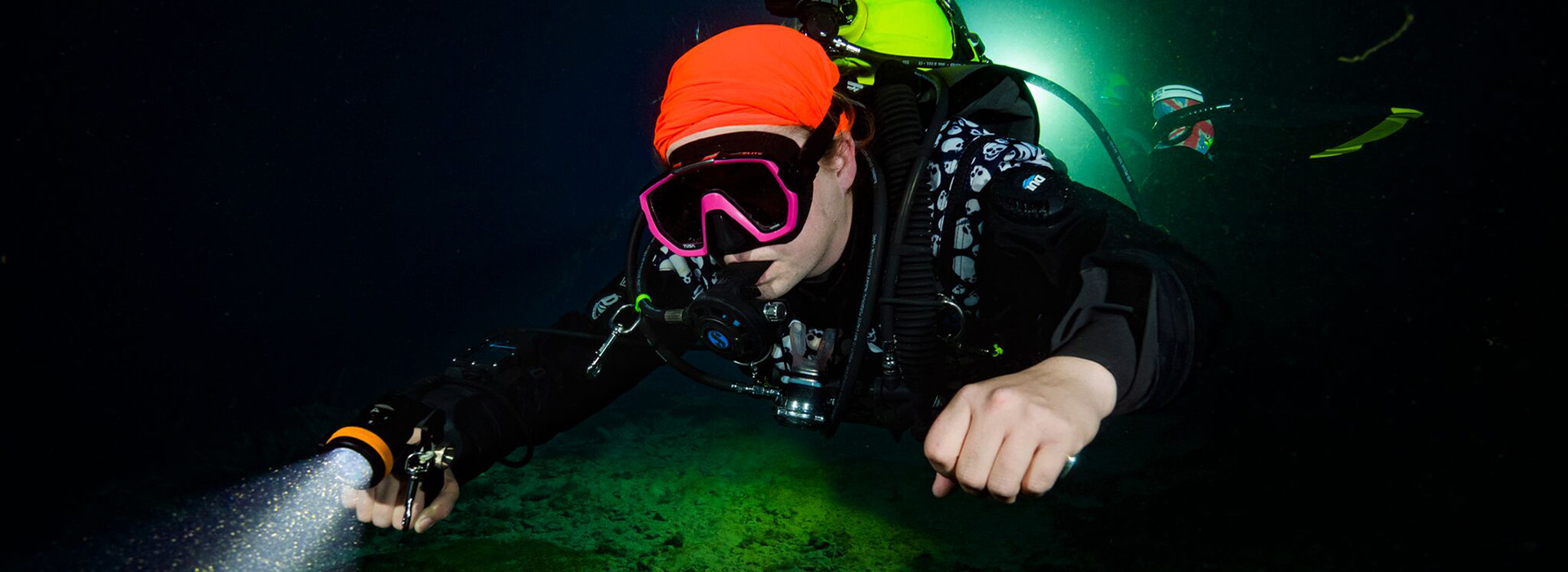Tips on Underwater Fluorescence Photography for Beginners
Media Reports
Fluorescence photography really interests underwater photographers, If you have ever seen bioluminescence while night diving, you will be amazing about this experience until now. Because it allows you to create a completely new and different type of image, particularly in an area where you dive a lot, and it's kind of you feel like you're seeing the same subjects again and again. So it is a really interesting area to understand and it's a very completely different type of image-making.
Different from the past, we have many chances to have underwater involving taking along with ultraviolet or blacklight today.
As a photographer, there are certain things you can do. Products that you can buy to make the most of the fluorescence and see and experience the fluorescence and get capture pictures and that sort of thing.

Preparation of Knowledge.
How fluorescence works are for essence the light, knowing this can help us to learn underwater fluorescence photography. The pigments in whatever the material is, whether it's a living thing or whether it's artificial pigments, the pigments absorb light from one wavelength and admit it at another wavelength. Corals already have fluorescence in sunlight, but the fluorescence is very weak, and it is covered by reflected light and ambient light. It will only become prominent when the ambient light is very dark, preferably blue. So you can't see fluorescence without having the light on the subject. so for what we typically see underwater is subjects absorb blue light or ultraviolet light at shorter wavelengths.
Equipment.
Buying some white plate products and special underwater video light is an effective way to help you experience this unique underwater photography. You need o use bright ultraviolet light or install a blue "excitation" filter on the underwater video light to excite fluorescence. and OrcaTorch D900V must help you, it is a video dive light specially designed for underwater photographers, which is suitable for fluorescence photography. It has 3 light sources: Red, UV, Neutral white with 120°wide beam and 8° spot beam angle.
Macro Photography.
Macro is the best choice to shoot underwater fluorescence photography. Because the fluorescence effect is relatively weak, you need to get close to the shot. The macro lens is a very useful weapon.
